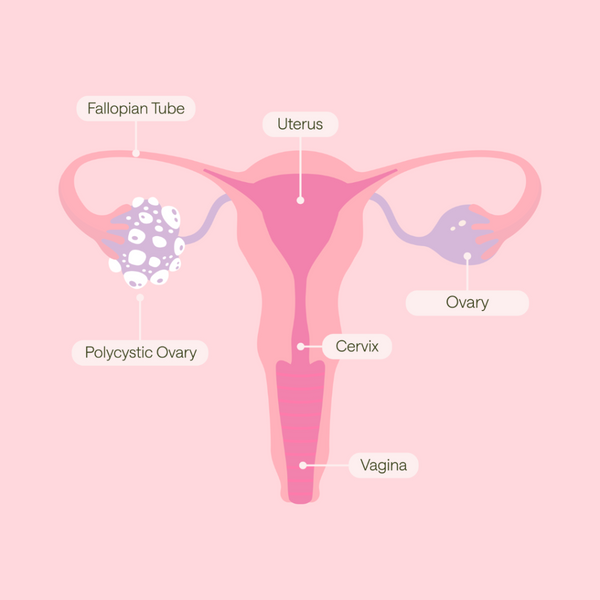
Most babies are born head first - also known as cephalic presentation - but between 3% and 4% of babies will be in the breech position at term (after 37 weeks of pregnancy). If your baby is breech before 36-37 weeks don’t worry, as they often move from one position to another before this time.
If your baby is not in a head down position by week 37 they are most likely to be bottom down or breech. Your baby could also be transverse, which is where they are sideways, although this is very rare position.
There are three main variations of the breech position:

This is the most common presentation, where your baby will be bottom first, with their knees straight and feet by their head.
Complete breech
Your baby will be bottom first, in a sitting position with their legs bent at the knees and hips.
Footling breech
Your baby will have one or both feet presenting before their body.
In recent years, there has been an increase in delivering breech babies by c section (caesarean) rather than vaginally. This was because of one piece of research that indicated it could be dangerous for breech babies to be born vaginally, and that a caesarean section resulted in a better outcome for babies.
Later, this research was closely examined and found to be of poor quality. There has since been more robust and accurate research which has found that if you and your baby have a low risk pregnancy and a straightforward labour, then a vaginal breech birth is as safe as a head down birth for your baby.
Frank and Complete Breech presentations are considered to be optimal for a vaginal delivery. A footling breech baby can still be born vaginally, but there is potentially a higher chance of your baby becoming stuck in the birth canal, as your cervix may not have become dilated enough for your baby to pass through.
How to turn a breech baby
External cephalic version (ECV)
You will be offered an ECV if your baby is breech at 36 weeks. This involves your doctor placing their hands on your baby, on your bump, and manually trying to turn your baby 180 degrees into a head down position. Some women may be fine with this procedure, but for others it can prove a little uncomfortable. If you choose to try an ECV, you will be offered pain relief and a muscle relaxant to help with the process.
ECV has approximately a 50% success rate, but rates vary according to different hospitals and practitioner experience.
Moxibustion
Moxibustion is a Chinese medicine procedure involving the burning of a herb called Mugwort, which is made into firm sticks. This ‘moxa’ stick is burnt simultaneously at an acupuncture point, which is located on the foot near your little toe. The heat produced stimulates this point to encourage your baby to move and turn within the uterus. It can be performed from 34 weeks pregnant and needs to be performed daily for periods of 15-20 minutes, or until your baby has turned.
Varying success rates have been reported, with one study reporting an 85-90% success rate, as well as another reporting ECV to be more successful if moxibustion had been used before the procedure.
ECV and moxibustion are more likely to work if:
- This is not your first pregnancy
- You have a good amount of amniotic fluid (waters) surrounding your baby
- Your baby’s bottom has not yet engaged into your pelvis
Pregnancy exercises
There are different positions and techniques which may help your baby to turn more easily into a head down position. You can find more information about this by visiting spinning babies website
There are many individual factors within your pregnancy and labour that may affect the decisions you make. Your midwife and doctor can discuss these with you as they arise to help you decide which option is right for you.
Remember that babies can still turn right up until labour, so your baby could still move without any of the above assistance.



















